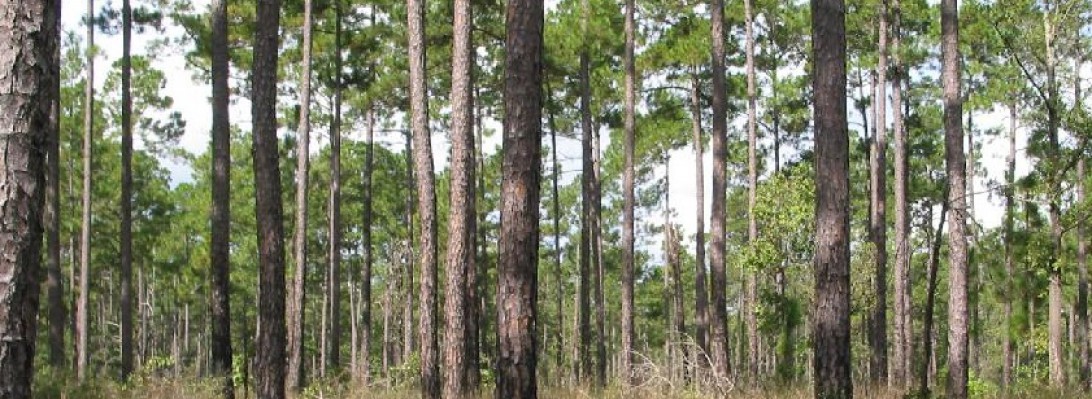image source: http://dendro.cnre.vt.edu/dendrology/images/Lyonia%20lucida/leaf1.jpg



NAMING
Scientific Name: Lyonialucida
Family: Ericaceae
Common: hinder
HABITAT
Native
Habitat: Flatwoods, wetlands
Range: coastal plains
TREE TRUNK
Size: Up to 8ft tall
Bark: grows with flexgabra, evergreen
Twigs: green, kealed twigs (edge)
LEAVES
Composition: simple
Arrangement: alternate
Shape: elliptical
Margin: entire
Venation: intermargin vein around leaf on upper glaborous
Upper surface: shiny
REPRODUCTION
Flowers: bell
Fruit: capsule, woody
USES
Wildlife – cover, browsed by deer
TOLERANCES
Fire – Burns hot, readily resprouts
Salt – intolerant
Drought – Moderate
Flood – High
Shade/Sun – tolerant










